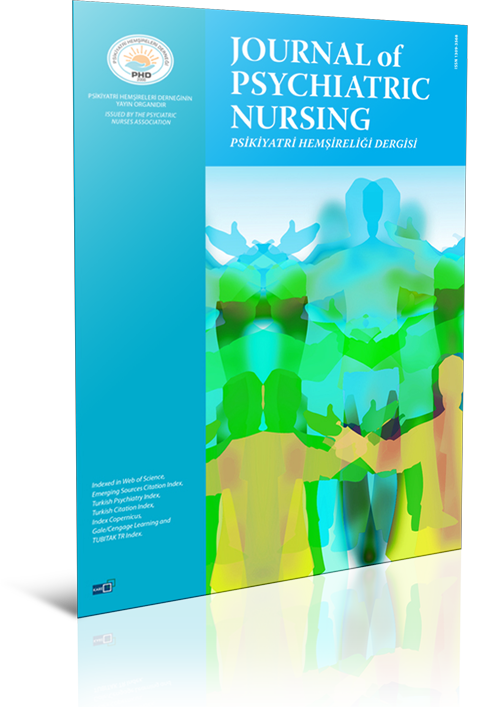
Violence responsibility, attitudes toward violence, and factors affecting violence: Examining the intimate relationships of university students
Nilgün Avcı1, Zehra Gürsoy2, Merve Murat31Department of Midwifery, Faculty of Health Sciences, Biruni University, Istanbul, Türkiye2Department of Nursing, Faculty of Health Sciences, Arel University, Istanbul, Türkiye
3Department of Psychiatric Nursing, Hamidiye Faculty of Nursing, University of Health Sciences, Istanbul, Türkiye
INTRODUCTION: The goal of this research is to evaluate the university students violence responsibility and attitudes toward intimate relationship.
METHODS: The research was performed in a descriptive and cross-sectional design with students at the Health Sciences Faculty of a private university in Istanbul. The research universe consisted of 2057 students in the 20172018 academic year. On the other hand, the sampling was calculated by using the formula with a known universe, and it was found that at least 384 students should be reached. 424 of the students who volunteered to participate in the study between February and July 2018. The data were collected via e-mail using a Personal Information Form, Attitudes Toward Dating Violence Scales, and Intimate Violence Responsibility Scale.
RESULTS: It was determined that 89.6% of the students were female, 98.3% were single, 40.6% were studying in the nursing department, and 29.7% were first year students. It was found that 20% of the students used violence before, 57.1% witnessed, 5.7% were exposed to violence in the relationship, and 2.6% used violence in the relationship. A statistically significant relationship was found between the attitudes toward dating violence and gender (p<0.05). It was observed that as the students grades increased, the level of intimate violence responsibility decreased. It was determined that the mean scores of the sub-dimension of violence recognition in The Intimate Violence Responsibility Scale were higher and significant (p<0.05) for those who used violence and those who were exposed to violence.
DISCUSSION AND CONCLUSION: It was determined that one-fifth of university students exposed to violence, and more than half of them witnessed. It was found that age, gender, family type, and the use of violence affect the level of violence acceptance. The students responsibility in intimate violence was found to be associated with gender, class, family type, and duration of relationship.
Manuscript Language: English


















